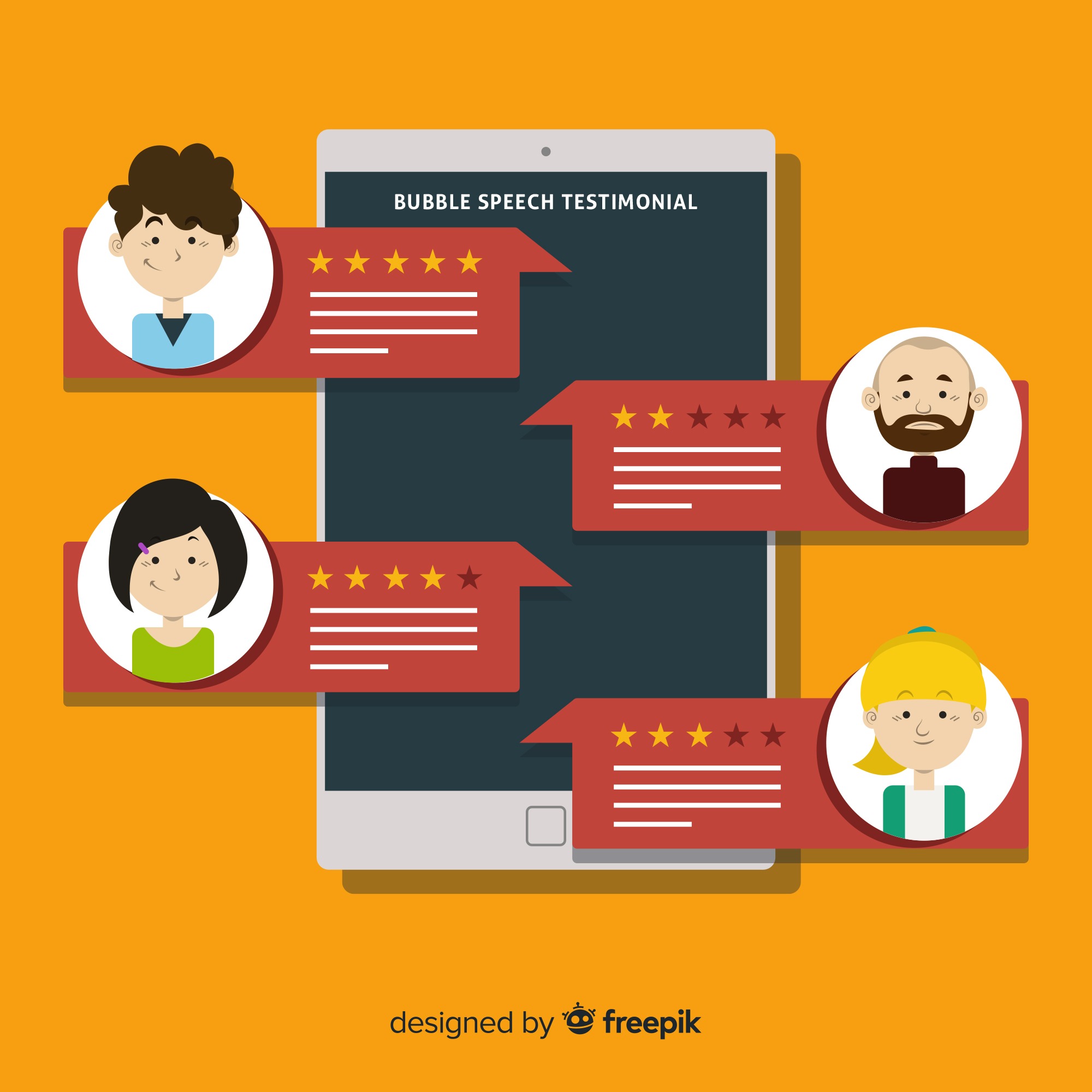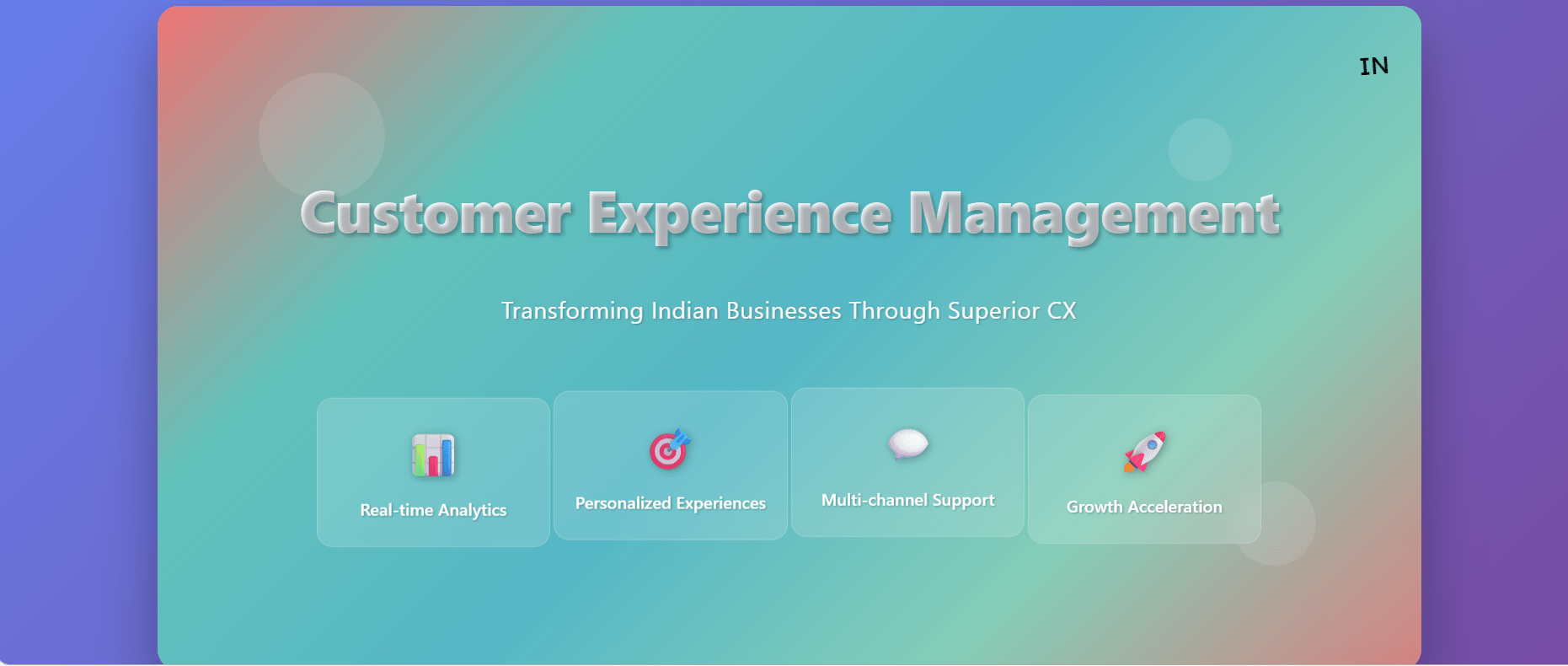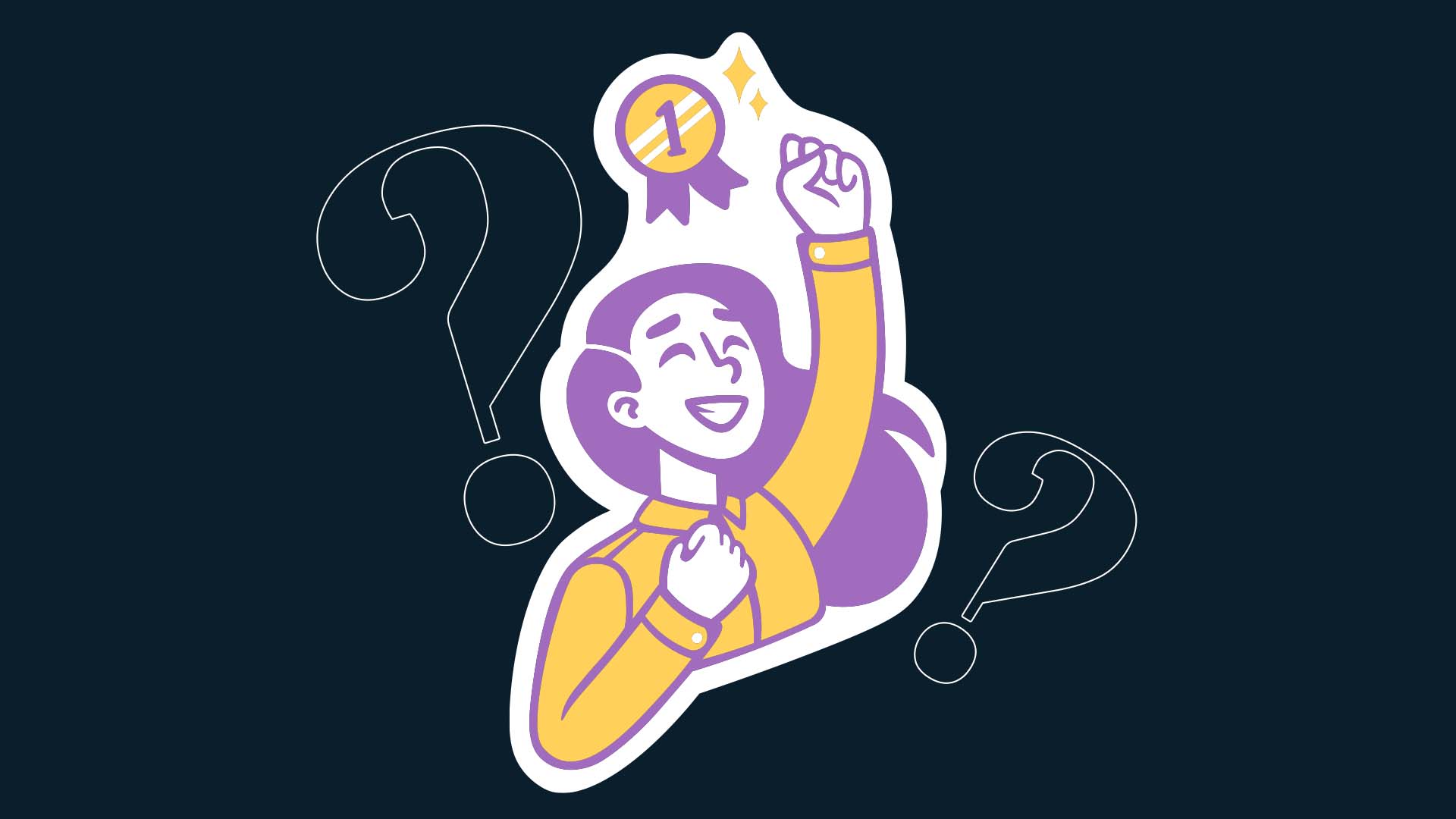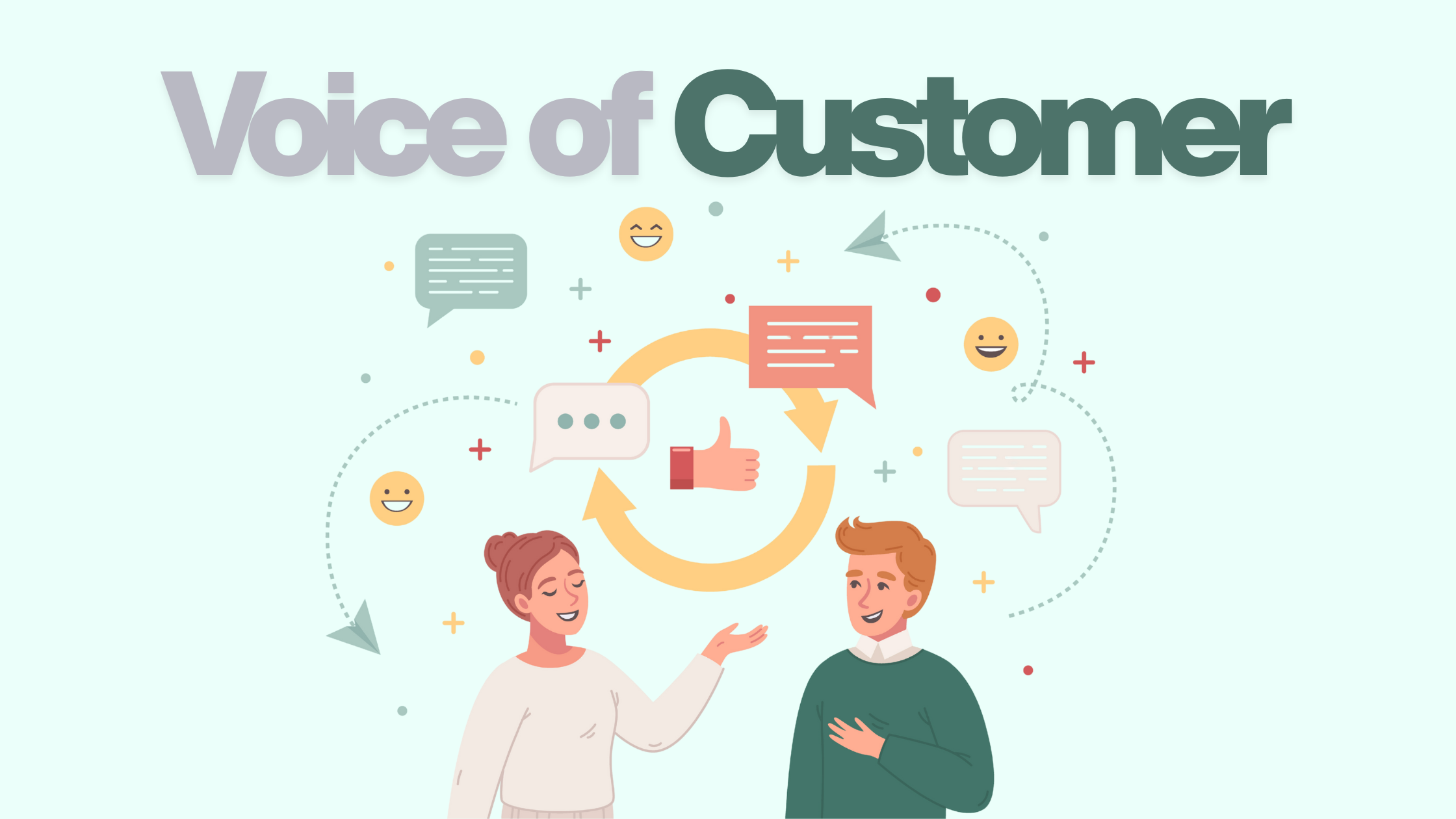Introduction
Customer feedback is more than just opinions—it’s business intelligence. Whether it’s praise, complaints, or suggestions, the way you collect, interpret, and act on feedback defines your CX success.
In this blog, we break down 10 real-world customer feedback examples across different industries and explain:
- 1. What they really mean
2. How to respond effectively
3. How Zykrr can help you scale your feedback process
Types of Customer Feedback
Before diving into examples, it helps to classify feedback into three categories:
- 1. Positive Feedback – Validation of what’s working well
2. Constructive Suggestions – Feature requests, UX comments - 3. Negative Feedback – Pain points and service gaps
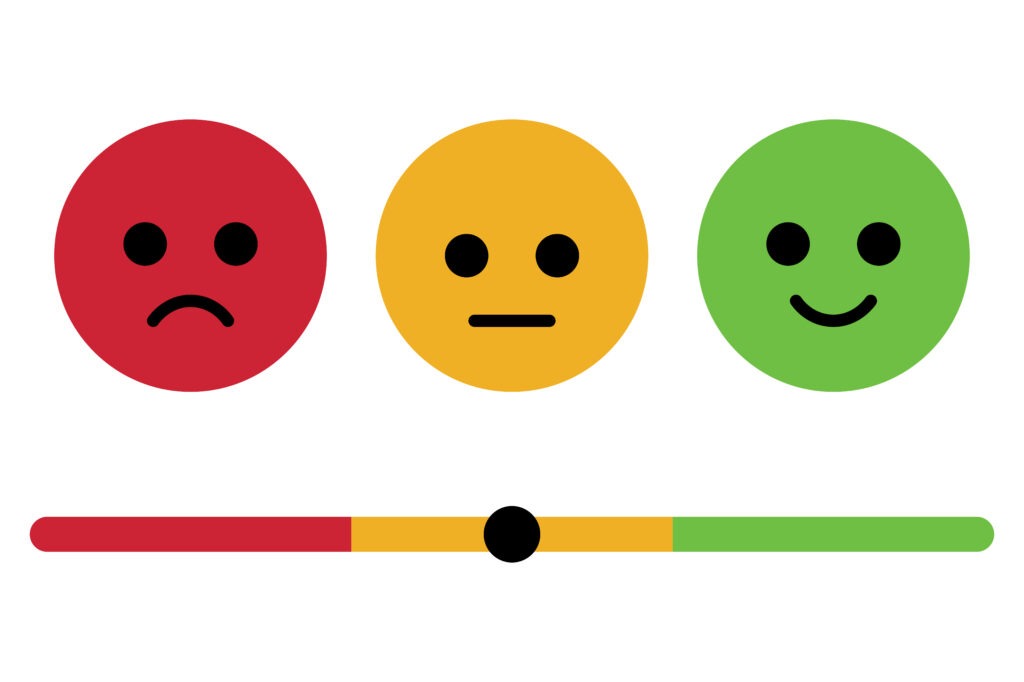
Feedback Examples and How to Act on Them
1. “I love how easy your app is to use. I found what I needed in seconds.”
Interpretation: Your UX/UI is performing well.
Action: Reinforce design simplicity across other modules. Invite this user to beta test new features.
2. “I had to wait 15 minutes on hold. I was about to give up.”
Interpretation: High effort experience—risk of churn.
Action: Measure CES at this touchpoint. Improve IVR flows or deploy callback options.

3. “The delivery was super fast, and the packaging was beautiful.”
Interpretation: Operations and logistics are a strength.
Action: Promote this in your marketing. Use feedback as a testimonial.
4. “I was charged twice, and your support didn’t respond.”
Interpretation: High-risk customer. Process and support failure.
Action: Escalate immediately. Trigger closed-loop follow-up via Zykrr.
5. “I wish there was a dark mode option in the app.”
Interpretation: A usability improvement idea.
Action: Tag this as a feature request. Prioritize it in your product roadmap.
6. “Your emails are too frequent—I feel spammed.”
Interpretation: Frequency fatigue and opt-out risk.
Action: Offer email frequency preferences. Use engagement scoring to throttle communications.
7. “The staff at your Delhi outlet were incredibly helpful!”
Interpretation: Strong people-based CX.
Action: Recognize staff. Capture this feedback in employee performance metrics.
8. “It was hard to find return instructions on your website.”
Interpretation: Friction in post-purchase journey.
Action: Improve website UX. Add guided help or chatbot support.
9. “This is my 4th time calling about the same issue.”
Interpretation: Broken resolution loop.
Action: Track FCR (First Contact Resolution). Redesign your escalation workflows.
10. “Thanks for listening to my feedback and actually fixing the issue.”
Interpretation: Effective closed-loop feedback.
Action: Celebrate and share this win internally. Use it in case studies or success stories.
How Zykrr Helps You Operationalize Feedback
Zykrr’s AI-powered CXM platform helps you:
- 1. Collect feedback across NPS, CSAT, CES, and open text
2. Analyze feedback sentiment and urgency
3. Auto-route complaints, requests, and praise to relevant teams
4. Track follow-ups and closure across every touchpoint
Frequently
Asked Questions
-
Why is analyzing customer feedback important?
It reveals what’s working, what’s broken, and where to invest for maximum CX impact.
-
What’s the best way to organize customer feedback?
Use categories like product, support, pricing, UX, etc., and tag them by sentiment (positive, neutral, negative).
-
How do I encourage customers to give feedback?
Make it easy (one-click surveys), timely (immediately after interaction), and valuable (tell them how it helps).


















